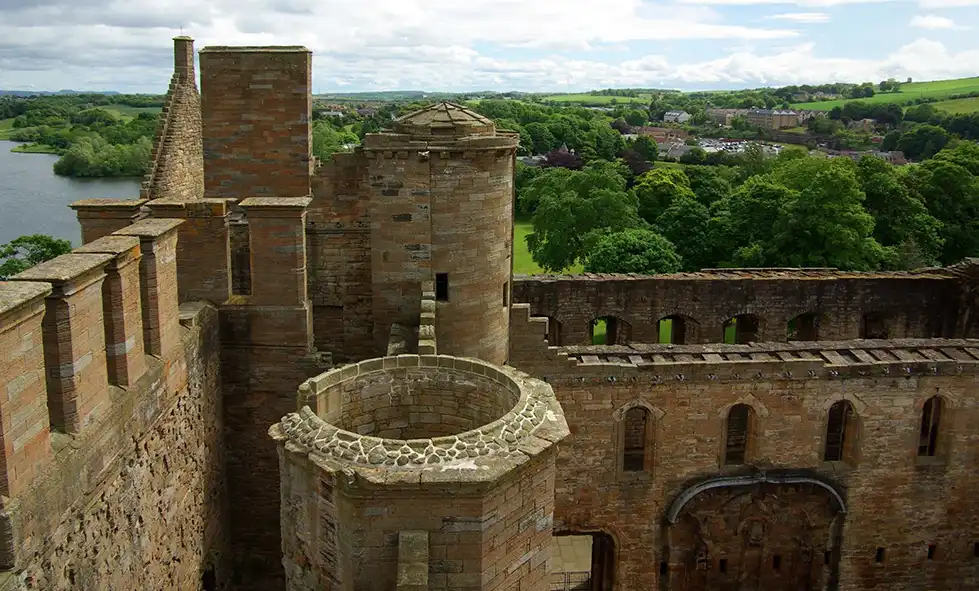The Power of Aerial Perspective
Historic buildings often feature intricate details that are challenging to capture from ground level alone. Drones equipped with high-resolution cameras and sensors can provide a bird's-eye view, capturing comprehensive visual data and revealing hidden architectural gems. Aerial perspectives enable surveyors to observe the entire structure, its surroundings, and contextualize the building within the larger landscape. This holistic view helps in assessing the building's condition, identifying areas of deterioration, and gaining insights into historical features that may have been overlooked from the ground.
